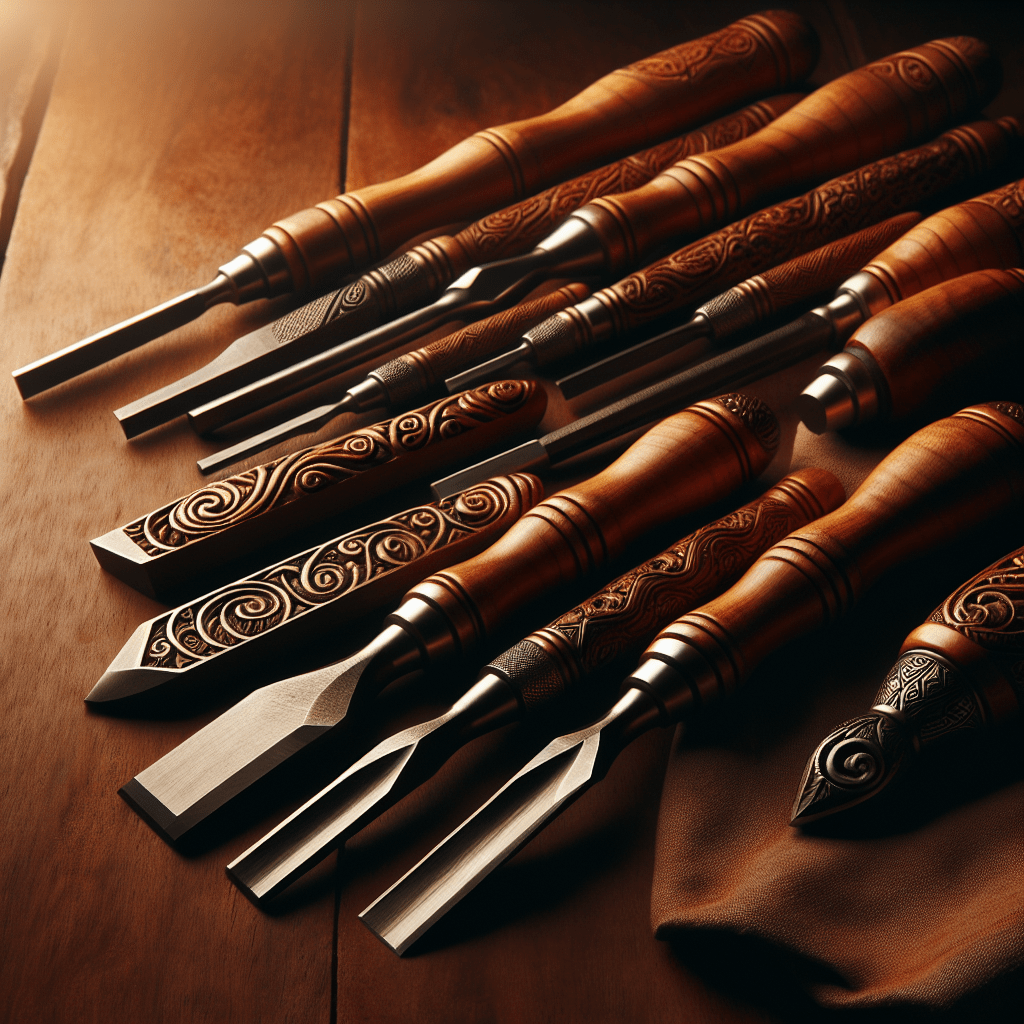Indian carving sets are a significant part of the country’s rich artistic heritage. These sets consist of various tools used for wood, stone, and metal carving, allowing artisans to create intricate and detailed designs. Carving in India has a long history dating back to ancient civilizations, with influences from religion and culture shaping the carving traditions. The evolution of carving techniques over time has resulted in a diverse range of styles and art forms.
History of Indian Carving
The origins of Indian carving can be traced back to ancient civilizations such as the Indus Valley Civilization and the Mauryan Empire. These civilizations left behind remarkable examples of carved artifacts, showcasing the craftsmanship and skill of the artisans. Religion and culture played a significant role in shaping carving traditions, with Hindu, Buddhist, and Jain influences evident in the intricate carvings found in temples and sculptures.
Over time, carving techniques in India evolved, incorporating influences from different regions and cultures. The Mughal era, for example, introduced Persian and Islamic influences, resulting in a fusion of artistic styles. The intricate marble carvings in Mughal architecture are a testament to the refinement of carving techniques during this period.
Types of Indian Carving Sets
Wood Carving Sets
Wood carving is one of the most popular forms of carving in India. Different types of wood, such as sandalwood, rosewood, and teak, are commonly used for carving due to their durability and aesthetic appeal. Essential tools included in a wood carving set typically consist of chisels, gouges, and mallets. Techniques used in wood carving range from relief carving to intricate filigree work. Notable examples of wood carved items in India include intricately carved furniture, decorative panels, and figurines.
Stone Carving Sets
Stone carving is another prominent form of carving in India, known for its durability and timeless beauty. Various types of stones, including marble, granite, and soapstone, are used for carving. Stone carving sets typically include tools such as chisels, hammers, and rasps. Techniques and styles of stone carving in India vary, with each region having its unique approach. Famous stone carved artworks in India include the intricately carved temples of Khajuraho and the exquisite marble carvings of the Taj Mahal.
Metal Carving Sets
Metal carving is a specialized form of carving in India, involving the manipulation of metals such as brass, silver, and copper. Metal carving sets typically include tools like engraving tools, punches, and metal files. Techniques used in metal carving range from embossing to repoussé work. Notable metal carved items in Indian art and craft include intricately designed jewelry, utensils, and religious artifacts.
Choosing the Right Indian Carving Set
When selecting an Indian carving set, several factors should be considered. Firstly, the material and type of carving desired determine the appropriate set. Different sets are available for wood, stone, and metal carving. Secondly, the quality and durability of carving tools play a crucial role in achieving precise and intricate designs. Investing in high-quality tools ensures longevity and enhances the carving experience. Thirdly, the skill level of the user should be considered, as some sets may be more suited for beginners or experienced artisans. Lastly, budget considerations should be taken into account, as carving sets vary in price depending on the materials and tools included.
Popular brands and manufacturers of Indian carving sets are widely available, offering a range of options to choose from. Reputed brands known for their high-quality tools include XYZ Carving Tools and ABC Art Supplies. Reviews and recommendations from experts and users can help in selecting the right carving set for individual needs and preferences.
Maintenance and Care of Indian Carving Sets
Proper maintenance and care of carving tools are essential for their longevity and optimal performance. Cleaning carving tools after use and storing them in a dry and protected environment helps prevent rust and corrosion. Regular sharpening of the edges using sharpening stones or honing guides ensures precise and clean cuts. For metal carving tools, applying a thin layer of oil or wax can help prevent rust and keep the tools in good condition. By following these maintenance practices, the lifespan of carving tools can be extended, allowing artisans to continue creating beautiful and intricate designs.
Indian Carving Sets in Contemporary Art and Craft
Traditional carving techniques in India continue to influence modern designs and art forms. Many contemporary artists and designers incorporate carving sets into their work, combining traditional techniques with contemporary aesthetics. Wood, stone, and metal carvings are featured in various art forms, including sculptures, jewelry, and home decor. The fusion of traditional and contemporary carving styles results in unique and visually stunning creations.
Conclusion
Indian carving sets are not only tools but a testament to the rich cultural heritage and artistic traditions of the country. The precision and intricacy achieved through these sets allow artisans to create masterpieces that showcase their skill and creativity. By exploring the world of Indian carving, individuals can appreciate the beauty and versatility of this art form. Whether it’s wood, stone, or metal carving, the artistry and craftsmanship involved make Indian carving sets a valuable asset for artisans and enthusiasts alike.

